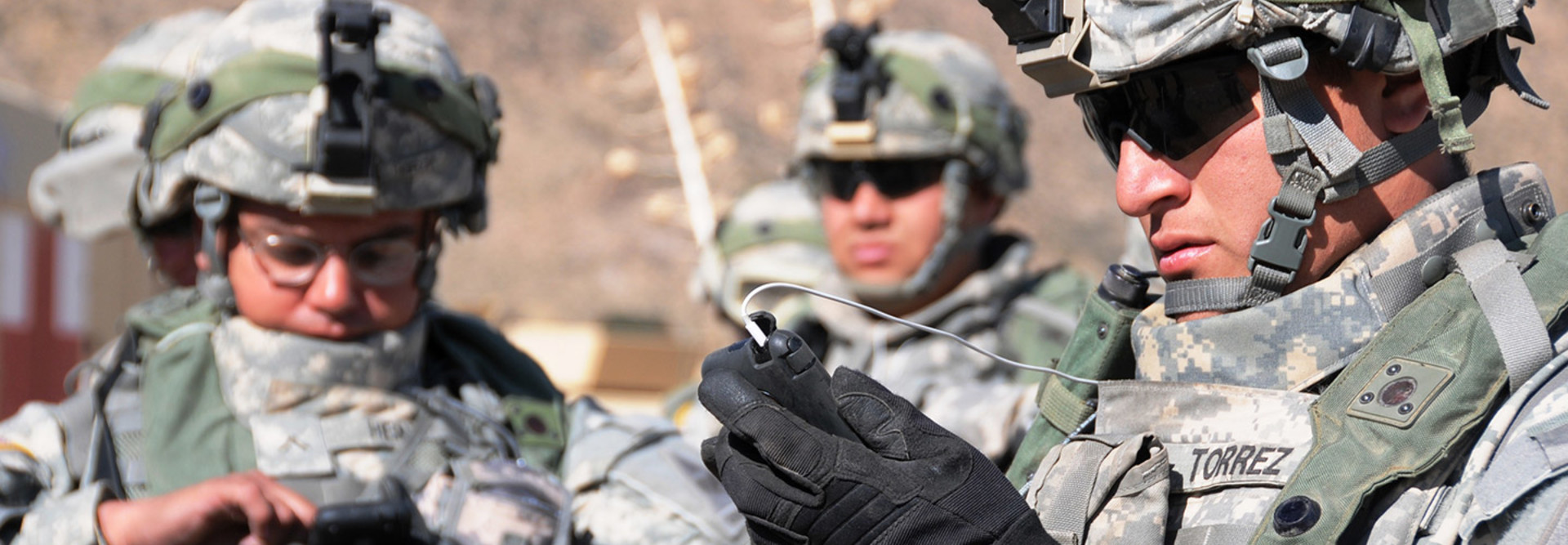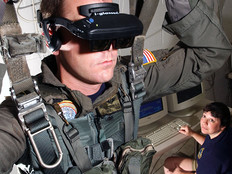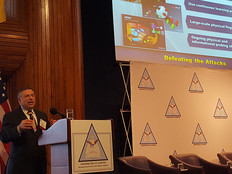The Army and Marines Tackle Mobility Challenges
Unlike the wars of a century ago, today’s battlefield is not static — it’s just the opposite. The armed forces need to be dynamic and mobile, and need technology to keep pace with the speed of their operations.
For both the Army and the Marine Corps, that means mobility solutions that are easy to configure and deploy. Unfortunately, IT leaders in both service branches say they are running up against limitations in technology and the Defense Department’s bureaucratic culture as they try to make their forces more agile via mobile IT — on and off the battlefield.
The Army wants to use mobility to enhance productivity. Meanwhile, the Marines want faster mobile technology to take with them into the field. The challenges for each service are different, but they highlight the increasing reliance on mobile technology through the entire Pentagon.
Changing the Army’s Mobile Mindset
For Rick Walsh, the mobile innovations lead for the Army, the Army should empower soldiers and workers to do their jobs anywhere and anytime — to work at the “speed of decision,” as FCW reported.
Walsh, speaking late last month at the ATARC Federal Mobile Computing Summit in Washington, D.C., said that to achieve that goal will require users, data, networks, applications and security to work together in a coordinated way. “If you’re going to do mobile right, you need to look at all of those thing,” Walsh said, according to FCW.
However, he said the Army currently faces several hurdles to creating a “single device architecture” that will allow workers to use any device they chose to connect to Army systems.
A key stumbling block is the Defense Department and Army’s approach to cybersecurity and the tendency to “secure everything as if they were diamonds.” To be more agile and flexible in a mobile world, the Army needs to take a more risk-based approach to mobile and app security, he said.
Additionally, Walsh advocated for the Army to shift to a bring-your-own-device model for mobile devices so that soldiers will not need to learn a new device and so the Army can cut costs of provisioning smartphones and tablets.
Limited budgets can constrain a shift to mobility solutions, Walsh said, but the biggest obstacles might be “blue hairs and grey beards [who] only know what they know” and a cultural resistance to change. The emphasis on “butts in seats,” as opposed to enabling a more productive workforce, is a part of that, Walsh said.
“I need to get to a point in the Army where I can have people work from home, do their job from home and be productive,” Walsh said.
That will mean a greater emphasis on telecommuting and remote-work technologies, and the Army is currently running small pilot programs around telecommuting, Walsh added. The Army also needs to be more flexible to allow soldiers to attend to family responsibilities and then have them work remotely later in the day, for example, Walsh said.
Marines Want Mobile Technology That Keeps Pace
Meanwhile, the Marine Corps is finding that its IT systems are not as mobile and flexible as actual Marines can be. Brig. Gen. Dennis Crall, CIO of the Marine Corps, said late last month at the AFCEA Warfighter IT Day that he needs private industry’s aid to make the Corps’ IT and communications systems more mobile.
“We’ve outrun our communications in many cases,” Crall said, according to a separate FCW report. “We’ve got to be able to change on the move. The idea of planning a static mission and then expecting to execute it without a change order is no longer a reality.”
To keep pace with the operational tempo of the Marines, Crall said that the Corps needs to “tame the wild west of applications,” referring to mobile apps.
“It is the single number one killer and enabler of what we do and don’t do," he said. “When they work, they work well. When you need to have them work in austere environments, at times they don’t work at all.”
The Marines want joint standards for applications so that they don’t need to reverse-engineer apps used by other service branches when they conduct joint operations, according to FCW.
Additionally, FCW reported, the Marines want to replace the satellite internet standard VSAT, which Crall said industry has so far shown little interest in providing.
“Mobility involves a post-VSAT world,” he said. Such wireless or broadband technology exists, he noted, but the Marines have not yet found a solution that is lightweight, easy to power and can deliver high amounts of throughput.
“Anything that’s proprietary in that mix — not interested,” he said. "If Marines can’t fix it in the middle of Africa, I don’t want it.”









